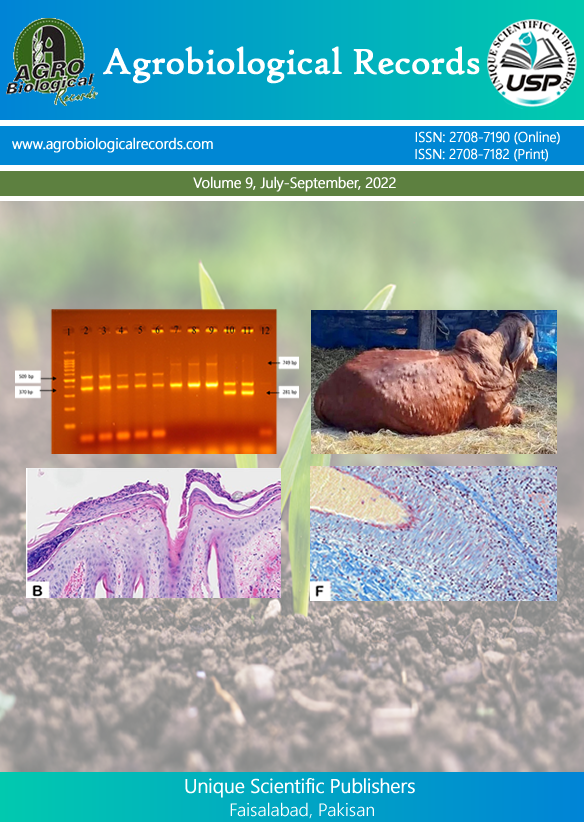
Syda Zile Huma Naqvi1, Bakhtawar Maqbool2, Muhammad Imran Arshad3, Ayodeji Aderibigbe4 and Shafia Tehseen Gul 1,4*
1Department of Pathology, Faculty of Veterinary Science, University of Agriculture, Faisalabad-38040, Pakistan 2Department of Pathobiology, College of Veterinary and Animal Sciences, Jhang, Pakistan 3Department of Epidemiology and Public Health, University of Agriculture, Faisalabad-38040, Pakistan 4College of Agriculture and Food Sciences (CAFS), Florida A&M University, Tallahassee, FL 32307, USA
*Corresponding author: drshafia66@yahoo.com; dr.shafia.gul@uaf.edu.pk
Livestock systems are a significant concern for global food security, providing basic nutrition and livelihoods while also posing serious environmental problems. The dual functions of livestock are revealed in this review, i.e., they are essential for billions of animal-derived foods that contribute to livelihood and nutrition, but they also promote climate change and resource degradation. Smallholder systems within middle- and low-income countries operate to assist communities, including women, through poverty reduction and stunting elimination, but are vulnerable to environmental stress. Industrial systems within high-income countries often prioritize efficiency at the expense of exacerbating inequalities and environmental degradation. Animal-derived foods are rich in nutrients and essential for proper growth and development. However, with the rapid increase in population, the rising demand for meat and dairy products raises sustainability concerns, particularly given the significant contribution of livestock to greenhouse gas emissions and resource consumption. But their implementation requires strategic planning and sustained investment. To reconcile livestock uses with environmental needs, an integrated approach is needed, comprising climate-smart subsidies and carbon pricing. Future research should focus on livestock systems that are resilient to climate change, provide impartial access to technology, and incorporate aspects of health and disease resistance to reduce the risk of Zoonoses. Livestock will eventually play a central role in food security, and their sustainable future depends upon the unification of traditional knowledge and science and making food policies more reasonable.